Tiptop Audio Z-DSP Bedienungsanleitung
Lies die bedienungsanleitung für Tiptop Audio Z-DSP (10 Seiten) kostenlos online; sie gehört zur Kategorie Nicht kategorisiert. Dieses Handbuch wurde von 30 Personen als hilfreich bewertet und erhielt im Schnitt 4.5 Sterne aus 15.5 Bewertungen. Hast du eine Frage zu Tiptop Audio Z-DSP oder möchtest du andere Nutzer dieses Produkts befragen? Stelle eine Frage
Seite 1/10

Tiptop audio z-dsp
www.tiptopaudio.com

Introduction
Welcome to the world of digital signal processing! The Z-DSP is a modular synthesizer
component that can process and generate audio using a dedicated micro-computer, a
digital signal processor – a DSP!
Like the processor in your desktop computer, the Z-DSP runs programs in memory. It’s
these programs that create the sound eects the Z-DSP can produce. The possibilities are
virtually endless, limited only by the imagination of those who write the applications for it.
Tiptop Audio, together with some of the best known programmers in the music industry, are
continually working to bring new programs to the Z-DSP platform. With over 10 years in the
making, this library that is available on cards has grown very well and by now covers
everything from classic reverbs and delays to experimental granular and physical modeling
algorithms and a lot in between.
The Z-DSP uses an open-source coding environment, and using a programmer called
NumberZ anyone can create, share, or sell their own eects for the Z-DSP. Checkout the
Tiptop website for more information on NumberZ: http://tiptopaudio.com/zdsp-ns/
Unlike your desktop computer plugins the Z-DSP is based on a DSP processor chip
surrounded by analog circuitry that gives it its warmth, and unlike your desktop computer
the DSP chip can be CV controlled and its clock can be hacked, a feature that alter the
eects in a unique and unpredictable way. Expect the unexpected. So let's get started.

FILE
Getting Started
Using a Stackcable plug your sound source into both IN1 and IN2, set LEVEL knob 1&2 to
half way, plug OUT1 and OUT2 to a stereo input on your external mixer or computer audio
interface. The Z-DSP eects are mostly stereo so it’s important to use both outputs.
The Z-DSP itself contains no programs, it loads programs from a cartridge. If the module is
powered up without a cartridge inserted it will show “insert cartridge” on the display. On
power up the CLIP L.E.D. might be on, that is normal and will go o once programs are
getting loaded.
The module is sold with the Dragonfly Delay MKII cartridge and the Halls Of Valhalla reverb
card from Valhalla DSP, each contains 8 algorithm programs. Pull the Dragonfly out of the
bag and insert it slowly to the card slot on the front of the Z-DSP, making sure that the
Dragonfly print is facing upward. Note: Inserting the card upside down will not cause any
damage, but the card will not work.
After a moment, the Z-DSP will load program one from the cartridge. Some cartridges will
display a message when first inserted. For example, the Dragonfly Delay will first show the
name and author of the algorithms, then show a reminder that audio needs to be connected
to both inputs and both outputs to achieve a true stereo eect.
Produktspezifikationen
| Marke: | Tiptop Audio |
| Kategorie: | Nicht kategorisiert |
| Modell: | Z-DSP |
Brauchst du Hilfe?
Wenn Sie Hilfe mit Tiptop Audio Z-DSP benötigen, stellen Sie unten eine Frage und andere Benutzer werden Ihnen antworten
Bedienungsanleitung Nicht kategorisiert Tiptop Audio
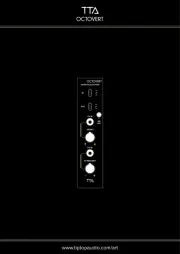
8 Juli 2025
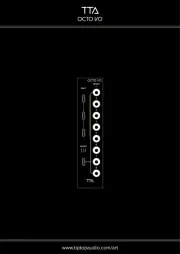
8 Juli 2025
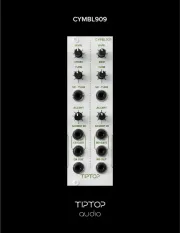
12 Juni 2025

23 August 2024

5 August 2024

30 Juli 2024

24 Juli 2024

22 Juli 2024

10 Juli 2024

8 Juli 2024
Bedienungsanleitung Nicht kategorisiert
- Naxa
- Stannah
- APA
- Akrobat
- FENECON
- Uwatec
- New Pol
- Crunch
- Thermalright
- TruVoice
- Alcatel
- Medisana
- Genki Instruments
- Juki
- Sencys
Neueste Bedienungsanleitung für -Kategorien-
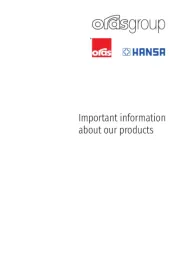
30 Juli 2025
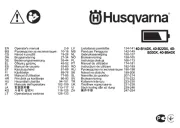
30 Juli 2025
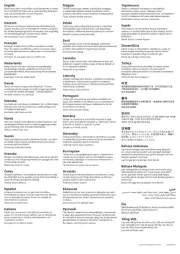
30 Juli 2025

30 Juli 2025
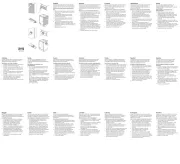
30 Juli 2025
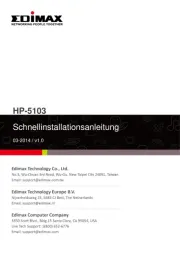
30 Juli 2025
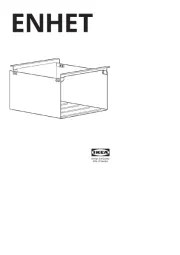
30 Juli 2025
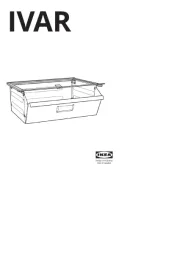
30 Juli 2025
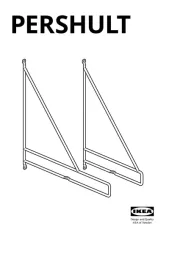
30 Juli 2025
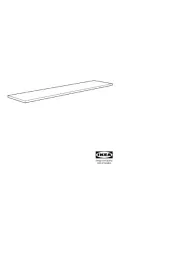
30 Juli 2025